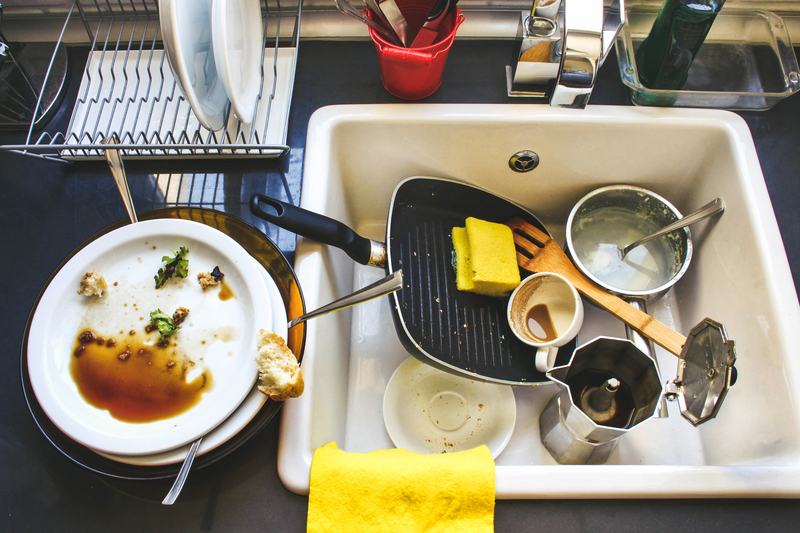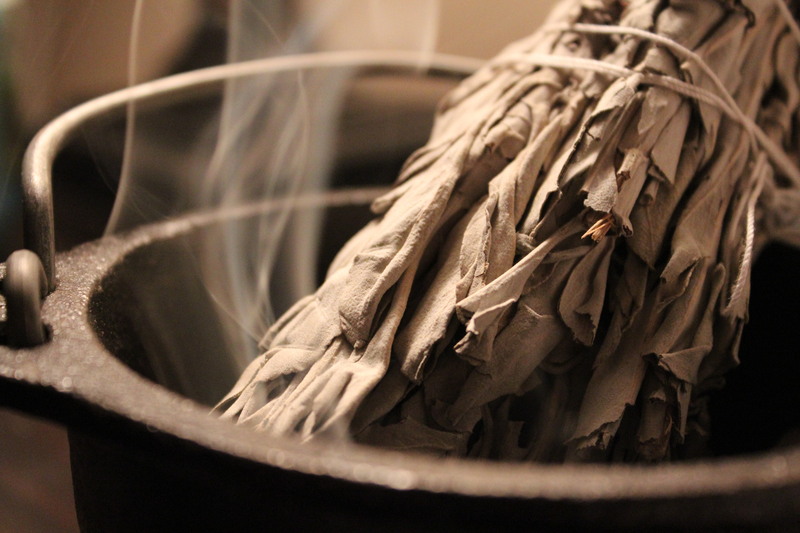Packing Valuables and Important Documents for a Safe Move
Moving to a new home or office is exciting, but it also brings the responsibility of protecting your most prized possessions. When it comes to packing valuables and important documents for a safe move, meticulous planning and the right techniques can make all the difference. Whether you are relocating across town or to a different country, ensuring the safety of jewelry, heirlooms, legal paperwork, and sentimental treasures is a top priority. In this comprehensive guide, we'll cover expert strategies, practical tips, and answers to common questions about safeguarding your valuables for a seamless move.

Why Packing Valuables and Essential Documents Securely Is Crucial
Your valuables and important records are irreplaceable. Losing or damaging them during a move can mean financial loss, emotional distress, and in some cases, legal complications. Properly preparing and packing these items adds an essential layer of protection against theft, loss, or accidental damage.
- Prevent theft and misplacement during transit
- Protect against accidental damage from drops, vibrations, or packing mistakes
- Ensure quick access to vital documents during emergencies
- Meet insurance requirements for high-value items
Types of Valuables and Important Documents to Pack Carefully
- Jewelry and Precious Metals
- Artwork and Collectibles
- Electronics and Personal Devices
- Legal Papers and Personal Records
- Passports, Birth Certificates, and IDs
- Medical Records and Insurance Policies
- Family Heirlooms and Photographs
- Financial Documents (bank statements, investment info)
- Titles, Deeds, and Vehicle Documents
Preparing To Pack Valuables and Important Documents
Before you begin the actual packing process, some preparation steps are essential:
Inventory Everything
- List every valuable and document you consider important
- Take clear **photos or video records** for insurance purposes
- Note down estimated values, serial numbers, and distinguishing features
Arrange Insurance Coverage
- Check if your home insurance policy covers valuables in transit
- Consider purchasing additional moving insurance for high-value items
Gather Packing Supplies for Valuables
- Sturdy, small boxes with secure lids
- Bubble wrap, foam inserts, and packing peanuts
- Anti-tarnish bags or pouches (for jewelry and silverware)
- Waterproof document bags or fireproof safes
- Seal tape, labels, and permanent markers
- Zip-top bags and envelopes (for organizing papers)
How to Pack Jewelry and Small Valuables Safely
Packing jewelry, watches, and small precious objects requires special care due to their value and susceptibility to damage or loss. To ensure these valuables are safe during the move, follow these best practices:
- Use Original Boxes When Possible: Jewelry boxes and cases provide the best fit and protection against movement.
- Wrap Each Piece Separately: Use soft cloth pouches, bubble wrap, or anti-tarnish bags for each item to prevent scratches and tangling.
- Bundle Similar Items: Group rings, necklaces, or watches in small zippered bags before placing them in padded containers.
- Don't Label as "Jewelry": For privacy and security, use a coded system (e.g., "Box A") and keep a master list only for yourself.
- Consider Carrying Personal Valuables: If possible, keep high-value items with you in a carry-on case instead of sending them with the moving truck.
Packing Art and Collectibles for a Damage-Free Move
Paintings, sculptures, and rare collectibles require customized handling to avoid irreparable damage. Here's how to prepare:
-
Photograph and Catalog Everything
Document every piece, noting its condition, value, and any previous wear or marks. -
Use Appropriate Packing Materials
For framed artwork, use corner protectors and wrap in acid-free paper, followed by bubble wrap. For sculptures, seek specialty boxes and use ample cushioning on all sides. -
Maintain Stable Temperature and Humidity
Art is sensitive to environmental changes. Transport in climate-controlled vehicles if possible. -
Label Discreetly
Avoid writing "art" or "collectible" on the boxes; instead, use a numbering system and keep your list confidential. -
Consult Professional Art Movers
For high-value or fragile pieces, consider hiring a specialist moving service.
Packing Electronics and Devices Securely
Computers, cameras, tablets, and other electronics are often among the most valuable--and fragile--possessions. Here's how to ensure these items arrive safely:
- Save Original Packaging When Possible: Factory boxes are customized for shock absorption during shipping.
- Remove Batteries and Accessories: Take out batteries, SD cards, and detachable parts to prevent leaks and loss.
- Back Up All Data: Save important files on an external drive or the cloud in case devices are lost or damaged.
- Wrap Each Device Separately: Use anti-static bubble wrap or foam, and seal in a plastic bag for moisture protection.
- Label Cords and Accessories: Keep each device's accessories bundled and labeled for easy reassembly after your move.
Packing Important Documents for a Safe Move
Legal and financial records are the backbone of your identity and property. Losing them can lead to endless hassles and even put you at risk of identity theft. Secure your crucial papers with these tips:
Which Documents Are Most Important?
- Passports, Social Security cards, birth and marriage certificates
- Property deeds, vehicle titles, mortgage papers
- Insurance policies and medical records
- Wills, trusts, and power of attorney documents
- Bank statements, tax forms, and investment papers
- School records, diplomas, professional licenses
How to Safeguard Documents in Transit
-
Use Waterproof and Fireproof Bags
For the highest level of protection, use a locking, fireproof safe or a heavy-duty document bag that's resistant to water and fire. -
Create Digital Backups
Scan all important papers before packing and save them to a password-protected USB drive or secure cloud storage. -
Organize by Category
Group documents by personal, financial, and legal categories in clearly marked envelopes or folders. -
Keep Records With You
Never send original vital documents with movers--instead, pack them in your travel bag or carry-on luggage at all times. -
Limit Access
Do not share the contents or location of your document bag with anyone outside your trusted circle.
Tips for Packing Family Heirlooms and Sentimental Treasures
- Handle with Clean Hands: Oils and dirt can damage delicate items. Use gloves if necessary.
- Use Acid-Free Packing Materials: For photos, manuscripts, and textiles, use only archival-quality paper and boxes to prevent yellowing or deterioration over time.
- Label Fragile Boxes Clearly: Use bold, large writing but keep specifics vague for security (e.g., "Fragile--Handle With Care").
- Consider Professional Packing Services: For irreplaceable antiques or fragile keepsakes, it might be worth hiring experts with the tools and materials needed for safe transit.
Security and Transportation: Keeping Valuables Safe in Transit
- Don't Advertise Your Valuables: Avoid discussing your valuables with movers or strangers and don't use descriptive labels.
- Consider a Safe Deposit Box: For very high-value items and critical documents, consider a temporary safe deposit box at your bank until you're settled.
- Plan Your Travel Route: If you're driving, map safe rest stops and avoid leaving bags with valuables unattended.
- Check Insurance Coverage: Ensure your items are covered not only while packed but also during the loading, transport, and unloading stages.
- Meet Legal Requirements: Always carry the necessary papers for interstate or international moves (such as customs declarations or import/export documentation).
Unpacking and Organizing Valuables at Your New Home
The move isn't complete until your valuable possessions and important documents are safely found and stored in your new space.
- Inventory Upon Arrival: Cross-check each box and item against your original inventory list.
- Check for Damage: Inspect for breaks, tarnish, or missing paperwork immediately so you can file insurance claims if needed.
- Secure Permanent Storage: Use a home safe or locking file cabinet for important documents. Display or store valuables in secure, low-risk areas of your new home.
- Update Records: Change addresses on official documents, notify your insurance provider, and update emergency contacts.

Frequently Asked Questions About Packing Valuables and Documents for a Move
Can I pack my valuables with regular moving boxes or should I use special containers?
While regular boxes are appropriate for most belongings, irreplaceable or delicate items should always be packed in reinforced, padded, or fireproof containers for maximum security.
Should I trust moving companies with my valuable possessions?
Most moving companies offer limited liability for valuables. For especially precious items, discuss options for additional insurance and always keep high-value items and important paperwork with you when possible.
What should I do if valuables or documents are lost during the move?
Contact your moving company immediately, file a police report if necessary, and notify your insurance provider. Having detailed inventories and digital backups will expedite claims and retrieval procedures.
Which is safer: carrying valuables personally or shipping them?
For critical items and documents, personal transportation offers the highest security. However, if you must ship items, use insured, trackable, and signature-required services.
Conclusion: The Key to a Safe Move is Proper Prep and Caution
The peace of mind that comes from safely moving your valuables and important documents cannot be overstated. By taking the time to prepare, using appropriate materials, and keeping security top of mind, you'll be ensuring that your treasured possessions make the journey as safely as you do.
Remember: Secure, careful packing and smart transport are the cornerstones of packing valuables and important documents for a safe move. Follow these guidelines and trust the process so you can focus on enjoying your new home--with all your treasures intact.



